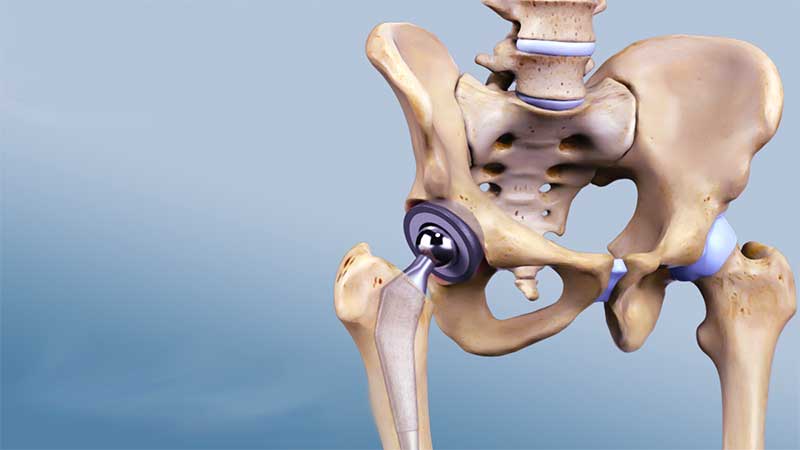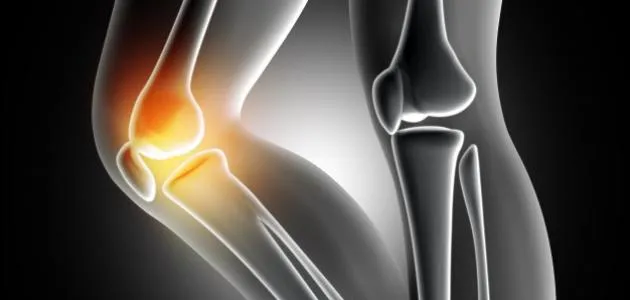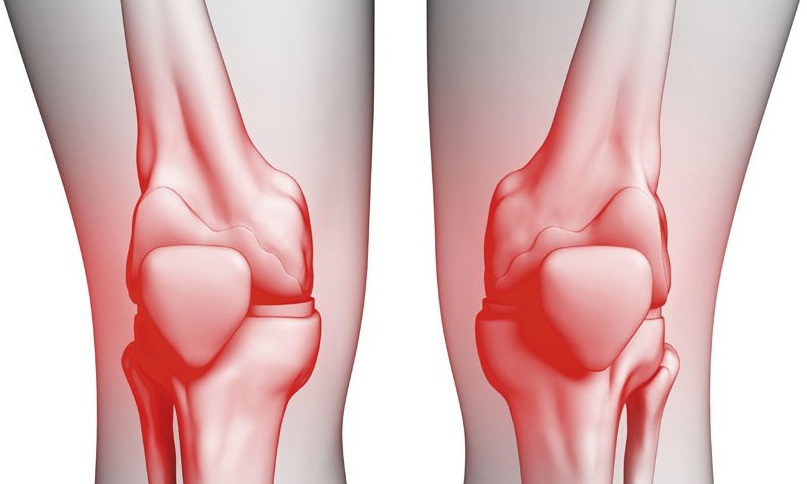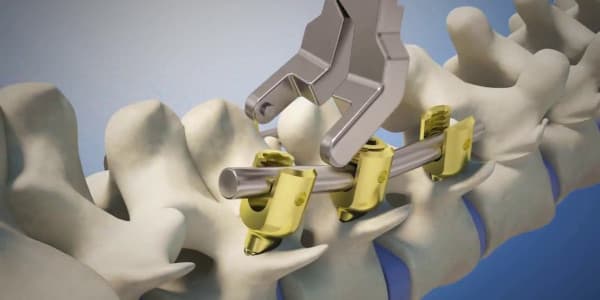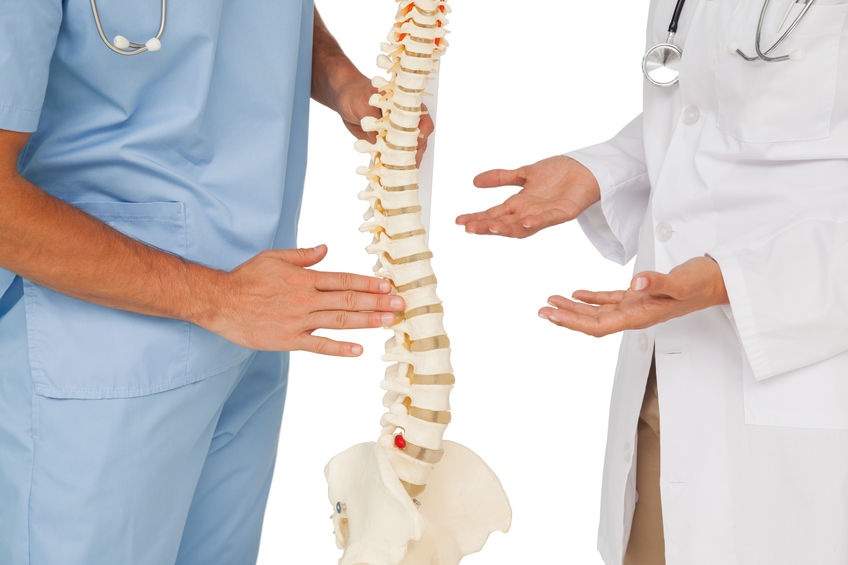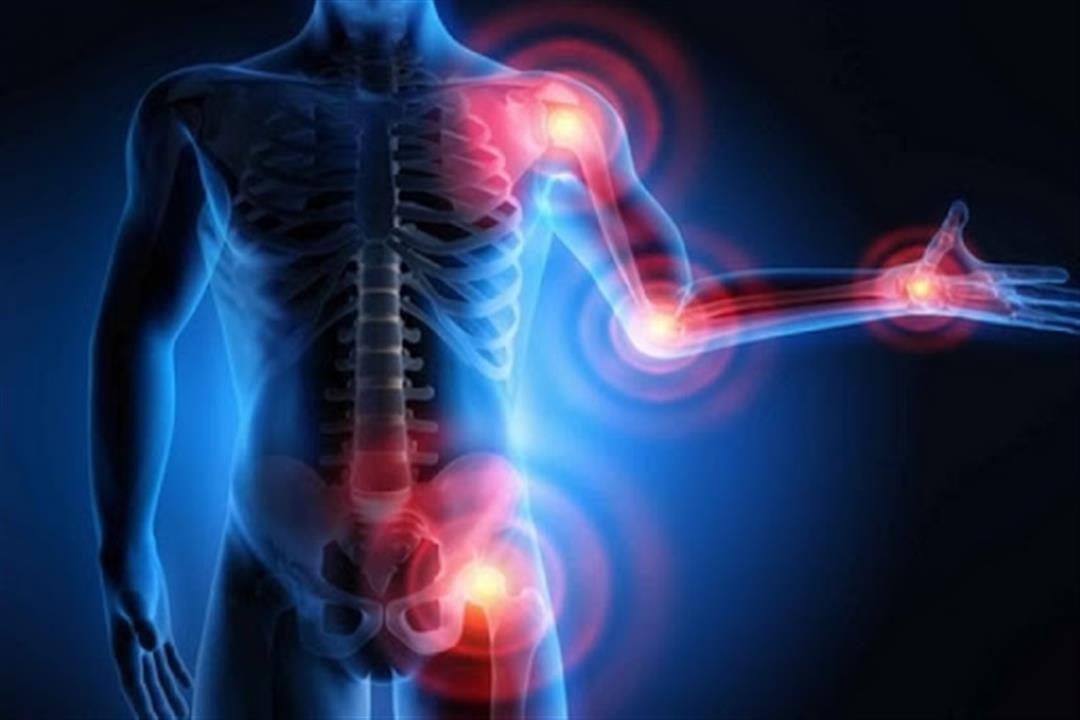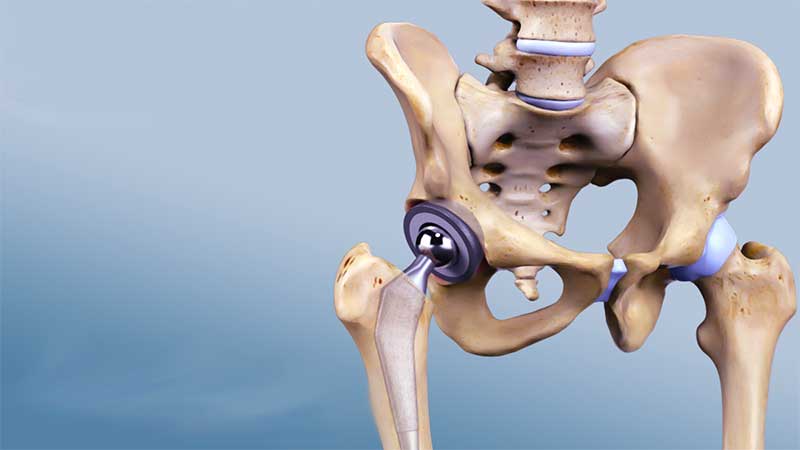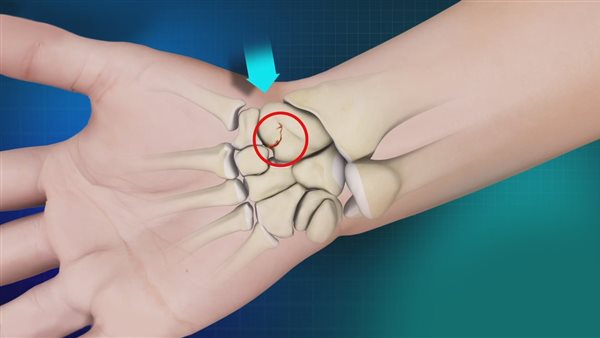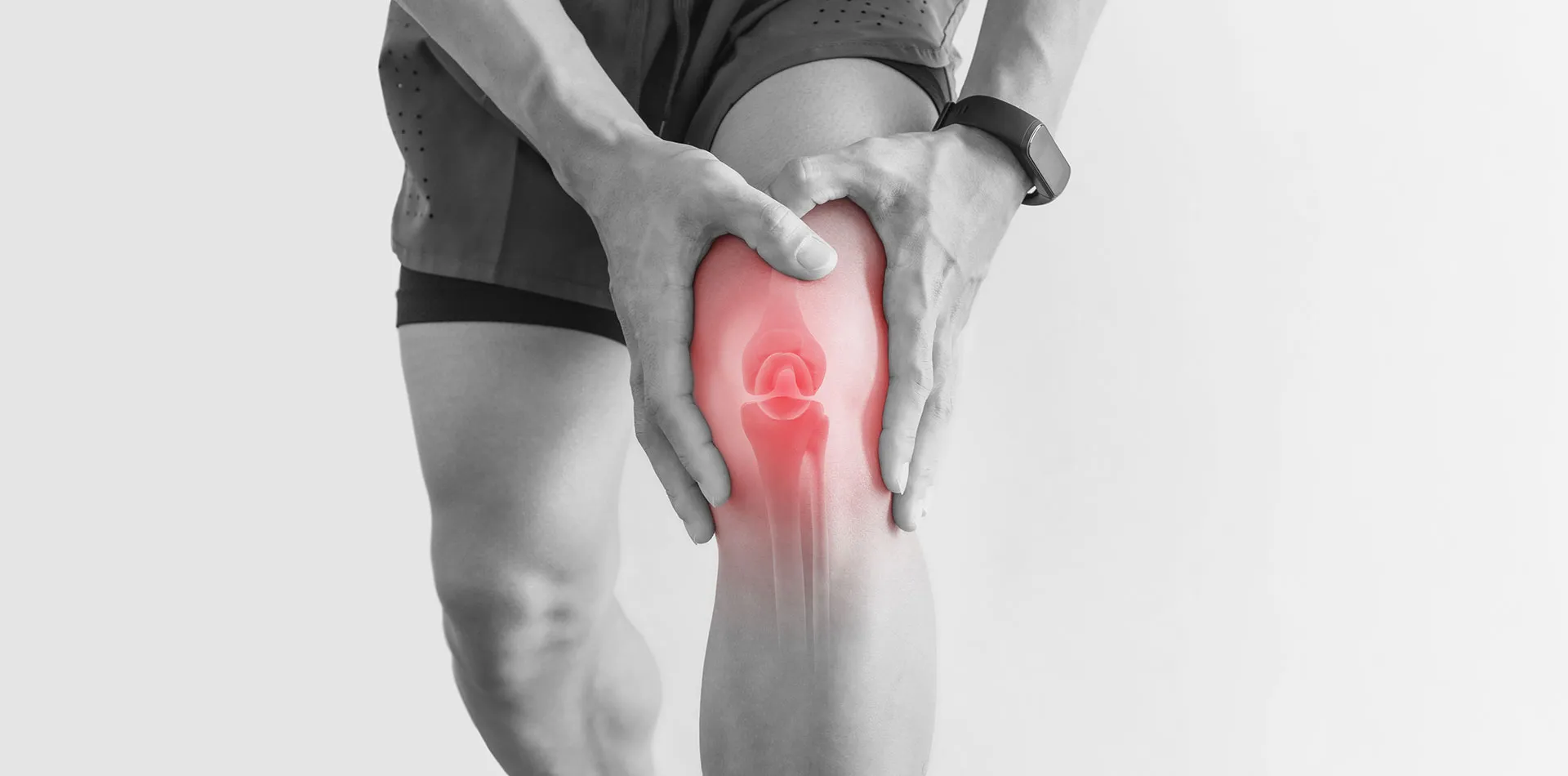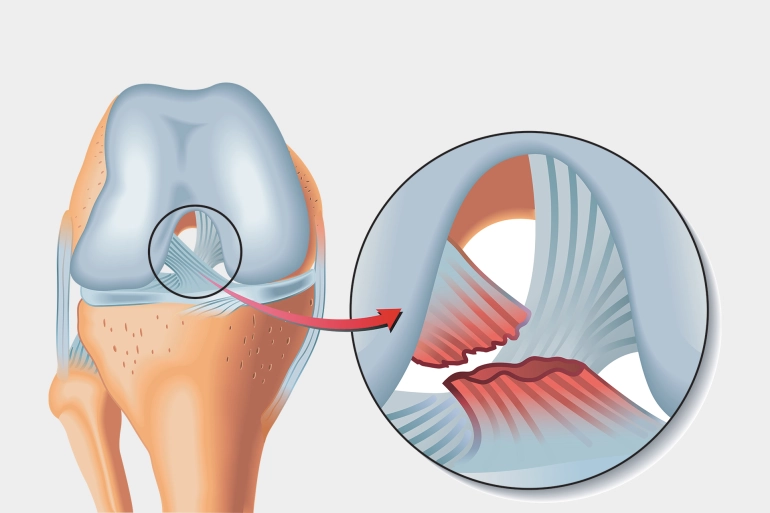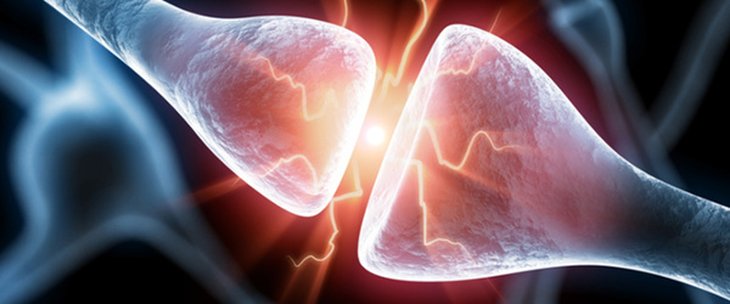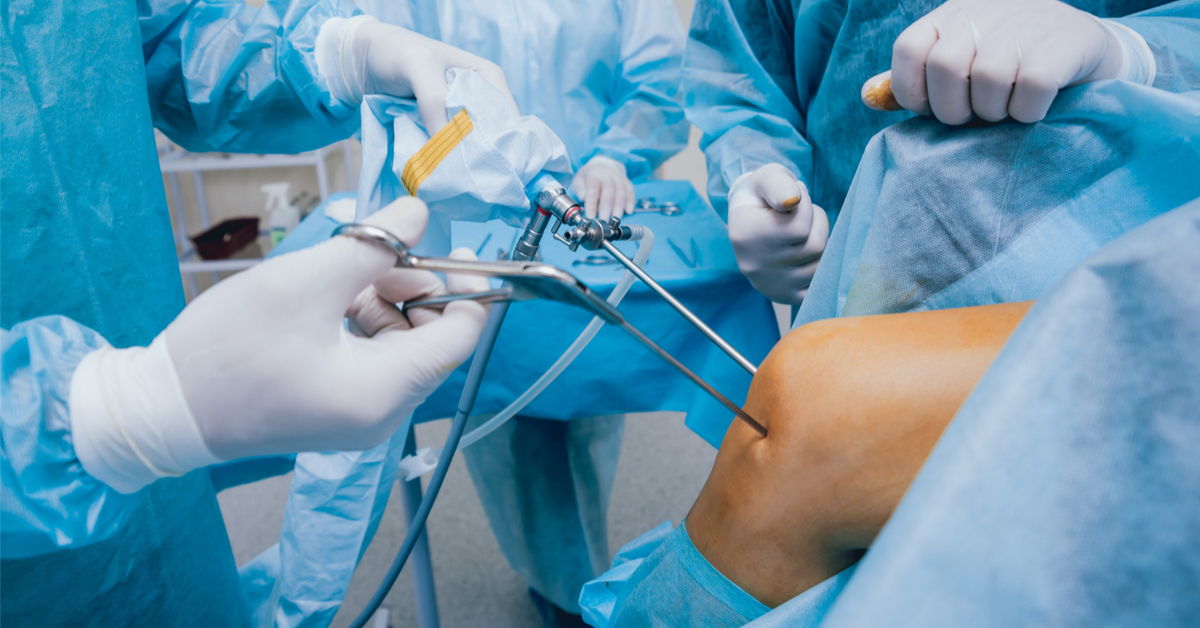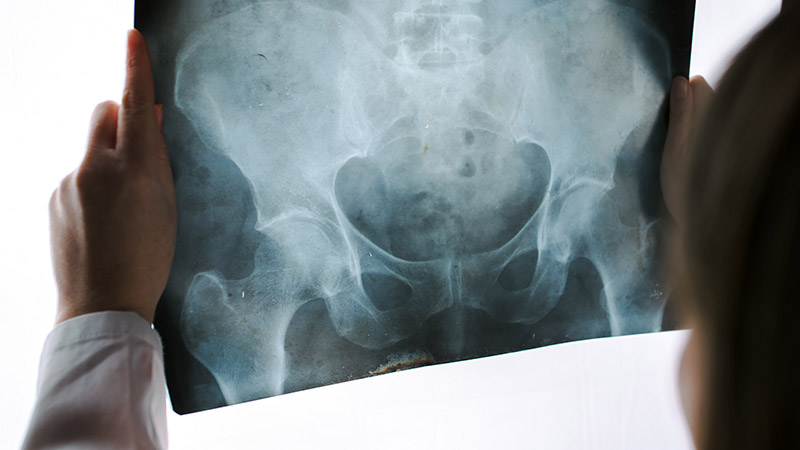Doctor for Treating Pseudo-Sciatica – Does Pseudo-Sciatica Require Surgery?

Doctor for Treating Pseudo-Sciatica
5 Things You Should Know About Dr. Amr Amal, an Expert in Pseudo-Sciatica (Sciatic Nerve Inflammation) Treatment
If you’re suffering from hip pain caused by sciatic nerve issues, you may be looking for a specialized doctor who can help you find the relief you need. Consulting with a qualified and experienced doctor in such cases is the first step towards improving your quality of life and getting rid of the pain. Here, we shed light on Dr. Amr Amal, an expert in treating pseudo-sciatica (sciatic nerve inflammation), and present five things you should know about him:
- Vast Experience and Expertise: Dr. Amr Amal has extensive knowledge and experience in the treatment of pseudo-sciatica and sciatic nerve inflammation. He has been working in this field for many years and has dealt with a variety of medical cases. His extensive experience enhances his ability to accurately diagnose the condition and recommend appropriate treatment.
- Reasonable Prices: Many people are concerned about finding an excellent and cost-effective doctor. Therefore, Dr. Amr Amal can be considered a good choice because he offers his services at reasonable prices accessible to everyone. Additionally, he may provide payment facilities and health insurance options, making your treatment more convenient and sustainable.
- Personalized Patient Care: Dr. Amr Amal stands out for his personal attention and compassion towards his patients. He understands that finding a doctor who listens to you and cares about the details contributes to improving your treatment experience. Dr. Amr Amal goes the extra mile to understand your needs and work towards meeting them.
- Utilization of Modern Techniques: Dr. Amr Amal is among the first doctors to adopt modern techniques in treating pseudo-sciatica. He follows the latest practices and procedures to ensure the best results and substantial improvements in your condition.
- Customized Treatment Protocols: Dr. Amr Amal designs customized treatment protocols for each patient he treats. He analyzes your individual case and needs, then provides a tailored treatment plan to achieve the best outcomes. This personalized approach allows for meeting your unique needs and enhancing your recovery chances.
So, if you’re suffering from sciatic nerve pain and are looking for a specialized doctor in pseudo-sciatica treatment, Dr. Amr Amal may be the ideal choice for you. He stands out with his extensive experience, reasonable prices, personalized patient care, utilization of modern techniques, and customized treatment protocols, ensuring that you receive appropriate healthcare and satisfactory results.
Can Pseudo-Sciatica Be Completely Cured?
In general, it’s not possible to determine a specific recovery rate for pseudo-sciatica as it depends on the details of each individual case. Therefore, it is advisable to consult a specialist doctor for a proper diagnosis and treatment.
Pseudo-sciatica (sciatic nerve inflammation) is one of the most common causes of lower back pain. While it can cause severe pain and temporary disability in the patient’s life, many wonder: Can pseudo-sciatica be completely cured? Here is a list of some facts that may help answer this question.
Early Diagnosis: Early diagnosis of pseudo-sciatica is essential for a complete recovery. If you experience symptoms such as severe hip or leg pain, numbness, tingling in the leg, or muscle weakness, it is crucial to visit a doctor as soon as possible to get the correct diagnosis.
Physical Therapy: In most cases, pseudo-sciatica is treated with physical therapy and self-care measures. Physical therapy includes muscle-strengthening exercises, stretching and mobilization exercises, massage techniques, and the application of heat or cold.
Medications: Your doctor may prescribe some medications to relieve pain, reduce swelling, and inflammation. These medications may include topical analgesics, oral pain relievers, and non-steroidal anti-inflammatory drugs (NSAIDs).
Interventional Therapy: In some severe cases, the doctor may recommend interventional therapy such as injections to alleviate pain and reduce inflammation. Interventional therapy is considered an option for patients who have not responded well to physical therapy and medications.
Surgery: Surgery is often the last resort in cases of pseudo-sciatica. It is only considered when other treatments have not been effective. The surgeon relieves pressure on the affected sciatic nerve by removing or reducing the disc herniation and repairing the affected area.
Self-Care: Self-care is crucial for recovery from pseudo-sciatica. Take care of your overall health by maintaining regular physical activity, following a healthy diet, maintaining proper sitting and sleeping posture, avoiding prolonged sitting, and avoiding heavy lifting.
Complete recovery from pseudo-sciatica may be possible, but it is essential to adhere to the necessary treatment and self-care. Many factors affect a patient’s recovery and improvement, including their overall health, age, and adherence to the treatment plan. Consult with your doctor to determine what’s best for your case and follow their personalized recommendations.
What Is the Recovery Rate for Pseudo-Sciatica?
Pseudo-sciatica, also known as sciatic nerve inflammation, is a painful condition that can impact a person’s mobility and overall quality of life. Proper treatment and sufficient rest may be required to alleviate the symptoms and achieve recovery. In this article, we will take a look at the recovery rate for pseudo-sciatica and the factors that can affect the recovery period.
Recovery Rate: It’s important to understand that the recovery rate for pseudo-sciatica varies from one case to another and depends on several factors. The recovery period may be prolonged for some individuals, requiring additional treatment, while others may experience complete recovery in a shorter timeframe. Therefore, it’s crucial for the patient to seek guidance from a specialist doctor and receive appropriate medical care.
Factors Affecting Pseudo-Sciatica Recovery: Age: Younger individuals tend to have shorter recovery periods.
Physical Fitness: Being in good physical shape may allow individuals to recover more quickly.
Other Health Factors: If you have other health conditions, such as high blood pressure or diabetes, it may impact your recovery from pseudo-sciatica.
Treatment and Care: The treatment of pseudo-sciatica often involves a combination of measures aimed at relieving pain and improving nerve function and mobility. Some possible treatments include:
Pain-Relieving Medications: Your doctor may prescribe pain relievers to alleviate symptoms and facilitate the recovery process.
Physical Therapy: Physical therapy can help strengthen the muscles surrounding the sciatic nerve and increase flexibility.
Electrotherapy: This involves the application of low-frequency electric currents to reduce inflammation and pain.
It’s important to note that adherence to the doctor’s guidance and regular follow-up is essential for the best results. Recovery from pseudo-sciatica can be challenging and may require patience and time. However, a commitment to rest, maintaining a healthy lifestyle, and utilizing appropriate medications and treatment can help achieve a high rate of recovery.
Is Surgery Required for Pseudo-Sciatica?
Surgery for pseudo-sciatica (sciatic nerve inflammation) is a rare occurrence and is only considered in specific cases. Doctors typically recommend it when the patient does not respond to other treatments and experiences severe symptoms that negatively affect their daily life and overall quality of life.
Pseudo-sciatica surgery involves a surgical procedure to release the sciatic nerve from the constriction or compression it is experiencing. This is done by cutting or partially removing the portion causing pressure on the nerve. The decision to perform surgery is based on the individual patient’s assessment and the recommendations of the treating physician.
A relatively new technique in treating pseudo-sciatica is known as electrical microstimulation. This technique is entirely non-surgical and uses low-frequency electrical currents to alleviate pain and stimulate nerves. Although this treatment is available for patients who do not respond well to traditional therapies, it may serve as an interesting non-surgical alternative for some patients.
However, it’s important to note that pseudo-sciatica surgery is not always the optimal solution and may involve surgical risks and challenges. Patients should consult thoroughly with specialized doctors and seek their advice before making any decisions regarding surgery.
Finally, it should be emphasized that the general medical treatment for pseudo-sciatica typically involves physical therapy and pain-relieving medications. Surgery is often avoided unless there is a genuine necessity for it.
What Are the Risks of Pseudo-Sciatica?
If you are experiencing lower back and hip pain, you may be dealing with a common issue known as pseudo-sciatica or sciatic nerve inflammation. In this article, we will discuss some of the risks associated with this condition and how to avoid them.
Sciatic Nerve Damage: Pseudo-sciatica can lead to damage to the sciatic nerve, which occurs when the nerve is subjected to constant pressure or irritation. This damage can result in severe pain and numbness in the hip, thigh, leg, and foot. To avoid this risk, it is crucial to minimize excessive stress on the sciatic nerve and adopt a healthy lifestyle.
Limited Mobility: When suffering from pseudo-sciatica, performing basic daily movements can be challenging due to pain and numbness. This can negatively impact your daily life and overall activity. Harsh or strenuous hip and back movements should be avoided to prevent worsening of symptoms.
Sleep Disturbances: Pseudo-sciatica may lead to difficulty sleeping due to pain and severe numbness. If you experience this issue, consider using special pillows or relaxation techniques to help improve your sleep and alleviate pain.
Impact on Daily Life: Pseudo-sciatica can significantly affect your daily life quality and your ability to perform routine activities. You may experience extreme fatigue and depression due to chronic pain. It is essential to seek appropriate treatment and follow medical advice to improve your life quality and recovery.
Muscle Tension: Pseudo-sciatica can lead to muscle tension in the back, hips, and thighs. This tension can increase pain and make the condition more challenging to manage. Proper stretching exercises and relaxation techniques can help alleviate muscle tension.
Pseudo-sciatica can be a painful and bothersome problem, but with a doctor’s consultation and following proper health guidance, you can avoid the risks associated with this condition and receive appropriate treatment to alleviate pain and improve your life quality.
What Is the Treatment for Left-Sided Pseudo-Sciatica?
Pseudo-sciatica or sciatic nerve inflammation is a condition that causes sharp and uncomfortable pain in the hip and lower back. This inflammation usually occurs due to pressure on the sciatic nerve in the body. If you have pseudo-sciatica on the left side of your body, there are several treatments that may be helpful in relieving pain and improving the condition. In this article, we will explore some of these treatments.
- Reduce Pressure on the Sciatic Nerve: The first step in treating pseudo-sciatica may be to reduce pressure on the inflamed sciatic nerve. You can do this by avoiding activities that put pressure on the nerve, such as lifting heavy weights or sitting for long periods without moving. Also, avoid sitting on hard surfaces or the ground for extended periods.
- Apply Ice: Applying ice to the inflamed area may be helpful in reducing pain and inflammation. Place an ice pack on the hip area for 15-20 minutes every hour, and repeat this for several days. Ice application can help reduce inflammation and provide pain relief.
- Physical Exercise and Massage: Engaging in specific exercises to strengthen the muscles around the hip may be beneficial in alleviating symptoms. Perform exercises recommended by your doctor or physical therapist. Additionally, massage therapy for the left hip can provide significant assistance in relieving tension and improving blood flow to the area.
- Stimulative Physical Therapy: Stimulative physical therapy can work to alleviate symptoms associated with pseudo-sciatica. Physical therapists use specialized techniques to release the compressed nerve and enhance muscle flexibility and strength. This treatment may be helpful in advanced or chronic cases of the condition.
- Consult a Doctor: If the pain persists and symptoms worsen, it is essential to consult a doctor. The doctor should evaluate your condition and determine the most appropriate treatment based on your symptoms and medical history. Treatment may include prescription medications for pain relief or referral for surgical intervention if the condition is severe.
Remember that in the case of pseudo-sciatica, it is crucial to maintain a healthy lifestyle and avoid factors that may exacerbate symptoms. Always keep in mind that seeking medical advice is the best way to guide you toward the most suitable treatment.
Does Sciatica Show Up on X-Rays?
Sciatica, also known as sciatic nerve inflammation, is a medical condition characterized by pain and numbness in the hip, thigh, and leg area. It is often the result of severe pressure on the sciatic nerve in the lumbar region.
If you are experiencing symptoms similar to this condition or suspect you have it, you may wonder the crucial question: Can sciatica be seen on X-rays? To clarify this matter, we will discuss the possibility of sciatica appearing in X-ray images in this concise guide.
What Are X-Rays? X-rays are a diagnostic imaging technique that relies on the use of X-ray radiation to produce detailed images of the body. These images are used to diagnose various medical conditions, including spinal and nerve problems.
Can Sciatica Be Seen on X-Rays? While X-rays can reveal structural changes in the spine, they may not be precise enough to clearly detect sciatica. In many cases, the diagnosis of sciatica is based on the patient’s symptoms and a focus on clinical improvement in addition to other diagnostic tests.
Common Diagnostic Tests for Sciatica When a healthcare provider suspects a patient has sciatica, they may conduct other diagnostic tests to confirm the diagnosis. Among these tests are physical examinations, the patient’s medical history, nerve function tests, magnetic resonance imaging (MRI), and contrast-enhanced magnetic resonance imaging (MRI GAD). These tests are more accurate in identifying the presence of sciatica and the level of pressure on the sciatic nerve.
When Are X-Rays Ordered? X-rays are often requested after conventional treatments fail to relieve symptoms or in specific cases where structural changes in the spine are suspected.
Consult Your Specialized Physician To confirm the diagnosis of sciatica or determine the factors causing the symptoms, it is best to consult your specialized physician. They will have the necessary knowledge and experience to properly evaluate your condition and recommend appropriate treatment.
In conclusion, patients suspected of having sciatica should understand that X-rays alone may not accurately depict the condition. Therefore, it is essential to consult a specialized physician to assess the case comprehensively, obtain a correct diagnosis, and receive suitable treatment.
Does Sciatica Pain Increase at Night?
If you’re suffering from sciatic nerve pain, also known as sciatica, you may notice that the pain intensifies during the night. It’s a common experience for many individuals dealing with sciatic nerve inflammation, and it can make it challenging to sleep or rest due to this chronic pain. Sciatic nerve pain can worsen at night due to multiple factors such as sleeping position, stress and agitation, ongoing nerve irritation, physical activity before bedtime, and excess pressure and weight. It is advised to consult a doctor for diagnosis and treatment of the condition to improve your quality of life and sleep.
Here are some potential reasons for the exacerbation of sciatic nerve pain at night:
- Inappropriate Sleeping Position: Your sleeping position may be a reason for the increased sciatic nerve pain at night. For example, if you sleep on your back at an improper angle, it can increase pressure on the sciatic nerve, leading to increased pain.
- Agitation and Stress: Stress and general agitation can increase the severity of the pain you feel. You may have psychological or nervous pressures that affect your sleep and make you feel more pain at night.
- Progression of Sciatic Nerve Inflammation: Sciatic nerve inflammation is an advanced condition that can worsen over time. Pain may increase with age or due to chronic inflammation. While this increase in pain may occur around the clock, some individuals experience exacerbation at night.
- Physical Activity Before Bedtime: If you have a habit of exercising or engaging in physical activities before bedtime, these activities can lead to increased nerve irritation and cause more pain. Routine activities like walking or jogging may also contribute to the escalation of sciatic nerve pain at night.
- Excess Pressure and Weight: Increased weight can put additional pressure on the sciatic nerve. If you are overweight or obese, this factor may contribute to the worsening of sciatic nerve pain during sleep.
If you are experiencing sciatic nerve pain that worsens at night, it is advisable to consult a doctor for an accurate diagnosis and appropriate treatment. You may be prescribed physical therapy or pain-relieving medications to reduce pain and improve your sleep quality.
Don’t forget to take precautions during sleep, such as using a supportive spinal pillow and creating a peaceful and comfortable environment in your bedroom. Meditation exercises and relaxation techniques can also help calm your mind and body, reducing the stress known to exacerbate sciatic nerve pain at night.
Does Walking Help Treat Sciatica?
Many people suffer from sciatic nerve inflammation, a condition that causes severe pain in the hip and leg area. Among the available treatments for this problem, did you know that walking can be effective in alleviating symptoms and treating sciatica? Here’s a list of reasons that make walking a beneficial therapeutic method for this condition.
- Improved Blood Circulation: Walking is a good way to enhance blood circulation in the body. When there is a blockage in the blood vessels that supply the nerves in the hip area, increased blood flow can help reduce inflammation and pain.
- Muscle Strength Improvement: Walking is a moderate physical activity that gently engages the muscles around the hip and leg. Through regular walking, you can strengthen these muscles and improve joint stability, reducing pressure on the inflamed sciatic nerve.
- Enhanced Flexibility and Mobility: Sciatica can naturally restrict normal body movement. However, walking can help improve flexibility and increase the range of motion in affected joints. Start walking slowly and gradually increase the pace to achieve sustainable improvement.
- Spine Lengthening Contribution: When you have sciatica, nerve compression can result from improper spinal alignment. Walking can provide a natural massaging effect on the spine, which can help improve alignment and reduce inflammation.
- Mood Improvement and Psychological Stress Reduction: When you engage in walking, your body releases various hormones that enhance feelings of happiness and reduce psychological stress. This can be helpful in coping with the pain and reducing anxiety associated with sciatica.
If you’re suffering from sciatica, walking can be one of the natural and effective treatments for this condition. By improving blood circulation, enhancing muscle strength, increasing flexibility and mobility, lengthening the spine, and improving mood while reducing psychological stress, walking can contribute to symptom relief and overall improvement.
Where Does Sciatica Come From?
Many people suffer from sciatic nerve inflammation, which causes severe pain in the hip, thigh, and leg area. But where does this sciatic pain come from? Here’s some information about the source of sciatic nerve inflammation and what can cause it:
- Nerve Inflammation: Nerve inflammation is one of the primary causes of sciatic nerve inflammation. Inflammation can occur due to direct pressure on the nerve or inflammation in the surrounding tissues, such as herniated discs or sacral nerve inflammation. These inflammations can lead to pressure on the sciatic nerve and cause pain.
- Muscle Strain: Muscle strains in the muscles surrounding the hip and ligaments can also cause pressure on the sciatic nerve. Muscle strains can result from incorrect movements or harmful twists.
- Tumors and Muscle Masses: Some tumors and muscle masses in the hip and buttock area can compress the sciatic nerve. If these tumors narrow the nerve pathway, sciatic nerve inflammation can occur.
- Chronic Diseases: Some chronic diseases like arthritis and diabetes increase the risk of developing sciatic nerve inflammation. Prolonged high blood sugar levels can damage nerves and narrow the sciatic nerve pathway.
- Acute Injuries: Sciatic nerve inflammation can result from acute injuries such as falls or car accidents. The sciatic nerve can be subjected to severe pressure or damage due to the injury, leading to inflammation and pain.
Is a Back Brace Helpful for Sciatica?
Many people suffer from back problems and sciatic nerve issues, which are particularly common among women. Sciatic nerve inflammation can cause severe pain and discomfort in one leg or both legs, negatively impacting the lives of those affected.
One potential method to alleviate sciatic nerve inflammation and sciatica pain is to use a back brace. A back brace is an elastic material that wraps around the waist and can be securely fastened to provide additional support to the lower back area, reducing pressure on the inflamed sciatic nerve. Here’s some useful information about the benefits of a back brace for sciatica:
- Provides Support: A back brace works to provide extra support to the lower back and pelvis area, helping to alleviate pressure on the affected sciatic nerve. This support can be beneficial in reducing pain, swelling, and numbness caused by sciatic nerve inflammation.
- Improves Stability: By using a back brace, your stability and posture during movement and daily activities can improve. When the body is stable and well-supported, pressure on the sciatic nerve decreases, and associated pain is reduced.
- Reduces Muscle Tension: A back brace can help reduce tension in the muscles surrounding the affected sciatic nerve. Muscle tension and tightness in these muscles can exacerbate sciatic nerve irritation. Using a back brace can help ease tension and relax the muscles to relieve pain.
- Eases Movement: When wearing a back brace, you can walk and move more comfortably. The brace can reduce strain and pressure on the sciatic nerve during movement, allowing you to perform daily activities more easily and with less pain.
While a back brace may be beneficial in relieving sciatica pain and inflammation, it’s important to consult your doctor or healthcare provider before using one. Some individuals may need a personalized medical recommendation to determine if a back brace is suitable for their specific health condition.
Remember that proper self-care, including engaging in appropriate physical exercises and seeking guidance from healthcare professionals, can have a positive impact on sciatic nerve inflammation and sciatica that you may be experiencing.

